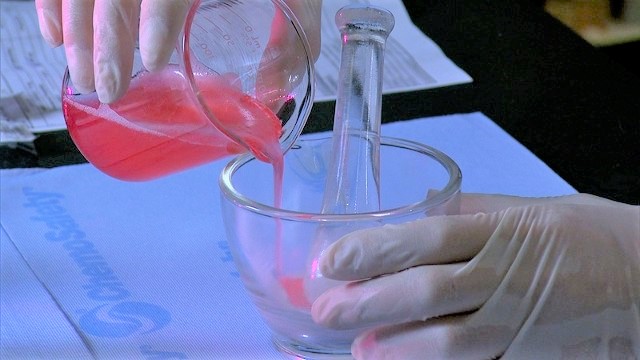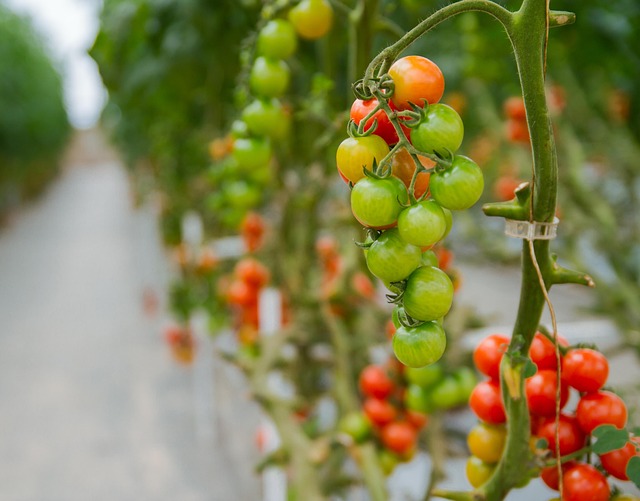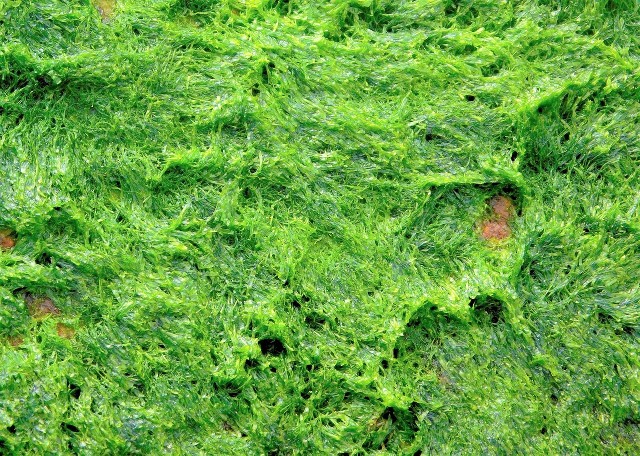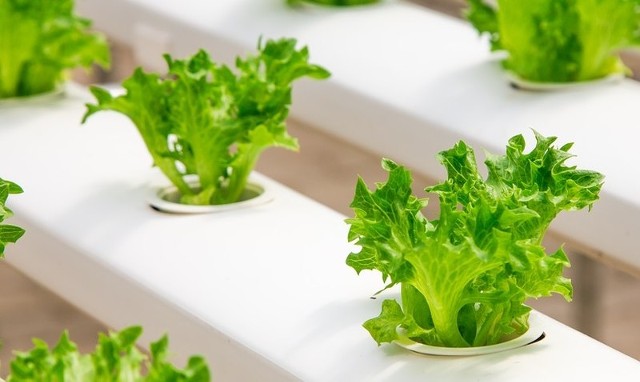Love hydroponics and looking to boost your gardening skills? Or maybe you’re just a beginner wondering how you’ll optimize nutrient delivery to your plants. You’ll find all the tips you need here. This blog post dives deep into the world of nutrient management in the Nutrient Film Technique. After covering the basics of NFT and showing you how to build an NFT system, we decided to cover NFT nutrient management to ensure you grow healthy plants and get a high yield.
This won’t be a long read, so grab a cup of coffee and get comfortable. Let’s dive into the world of NFT nutrient management!
Nutrient Management Meaning
Nutrient management simply means managing the amount, source, timing, and placement of nutrients in an NFT system to optimize plant growth. Nutrients such as phosphorus, nitrogen, and potassium are essential for plant growth. But if they are excess in an NFT nutrient solution, they can cause plant diseases like root rot, pale or yellow leaves, leaf cupping, and tip burn.
For effective nutrient management, carefully monitor the nutrient solution’s PH levels, and plant nutrient needs to determine the amount of fertilizers or the nutrients to add to maintain the optimal pH level for the plants. This will help reduce nutrient loss.
The Ideal Nutrient Solution Composition for NFT

The nutrient solution for an NFT system should have all the essential nutrients plants need to grow—phosphorus, nitrogen, calcium, potassium, magnesium, and different micronutrients. These nutrients are usually sold in garden center and nurseries and are mixed with water to create a nutrient solution.
To create a good nutrient solution for an NFT system, consider the specific crops you’re growing. For example, tomatoes have different nutrient requirements than cucumbers. Here’s a general guideline for the composition of a good nutrient solution:
- Phosphorus (P): 25-50 ppm
- Nitrogen (N): 100-200 ppm
- Potassium (K): 150-250 ppm
- Magnesium (Mg): 50-100 ppm
- Calcium (Ca): 100-200 ppm
- Micronutrients: 1-2 ppm
It’s important to check the nutrients regularly as you’ll have to decrease or increase them depending on the plants’ stage of growth. For instance, plants in the vegetative stage need more nitrogen, while those in the flowering stage need less.
Optimal pH Levels for Nutrient Film Technique
Optimal nutrient management doesn’t just involve monitoring the nutrient composition, it also involves monitoring the pH level of the nutrient solution. The pH level affects the health of the roots as well as the availability of nutrients to the plants. The optimal pH range for plant growth is usually between 5.5–6.5, but some crops may prefer a slightly different pH range.
For the nutrient solution to be effective, you must maintain the correct pH level. If the pH level is too low or high, plants won’t absorb the nutrients properly, and this can result in nutrient deficiencies and poor growth. You can adjust the pH by adding acids or alkalis to the nutrient solution.
Common Nutrient-Related Problems in NFT and How to Solve Them

pH Imbalances
The ideal pH level for the nutrient solution should be between 5.5 and 6.5. When the pH level is too high or too low, plants don’t absorb nutrients properly, which may lead to stunted growth and poor yields.
Solution: Adjust the pH level using a pH buffer solution. If it’s too low, add an alkaline buffer solution to increase it. If it’s too high, add an acid buffer solution to lower it. It’s important to test the pH level weekly to ensure it’s within the optimal range.
Nutrient Imbalances
Plants usually need a specific balance of nutrients to thrive, and a deviation from this balance can result in poor growth and yield. The most common nutrient imbalances include lack of phosphorus, nitrogen, calcium, potassium, or magnesium.
Solution: To avoid nutrient imbalances, test the NFT nutrient solution regularly. Use a pH meter and a conductivity meter to measure the nutrient levels and the pH in the solution. If there’s an imbalance, adjust the nutrient levels. For instance, if there’s insufficient calcium, add a calcium-rich fertilizer to the solution.
Algae Growth

Algae in an NFT system can compete with your plants for nutrients and light, causing poor growth and yield. IT can quickly clog the channels, reducing the flow of nutrient solution.
Solution: To prevent algae growth, keep the nutrient solution clean and well-aerated. You can also get an algaecide to control the development of algae. However, choose a product that’s safe for the plants. To prevent algae from getting the light they need to grow, cover the channels with a light-blocking material.
Nutrient Lockout
Nutrient lockout is when plants are unable to absorb nutrients properly from the nutrient solution. It’s usually caused by a chemical reaction that happens between the nutrients and other elements in the nutrient solution. Nutrient lockout can lead to nutrient deficiencies, poor yields, and stunted growth.
Solution: To prevent nutrient lockout, maintain the correct nutrient balance and pH level in the solution. Alternatively, you can use chelated nutrients, which are more stable and prevent undesirable reactions in the solution. If nutrient lockout happens, simply flush the system with clean water to get rid of excess nutrients that may be causing the problem.
Temperature Fluctuations
It’s important to monitor the temperature of the nutrient solution. If it’s too high or too low, your plants won’t be able to absorb nutrients properly and will experience poor growth and yield.
Solution: To prevent temperature fluctuations, ensure the temperature in the growing area is consistent. Use a cooling system or a heater to maintain the optimal temperature. Additionally, you can insulate the channels to prevent heat loss.
Closing Thoughts
Nutrient management is crucial in the Nutrient Film Technique (NFT). By regularly adjusting pH levels, maintaining a balance of essential nutrients, and ensuring adequate oxygenation, you can create the best growing environment for your plants. By regularly monitoring and testing pH and nutrient levels, you can help prevent issues such as nutrient deficiencies and quickly address any problems.
